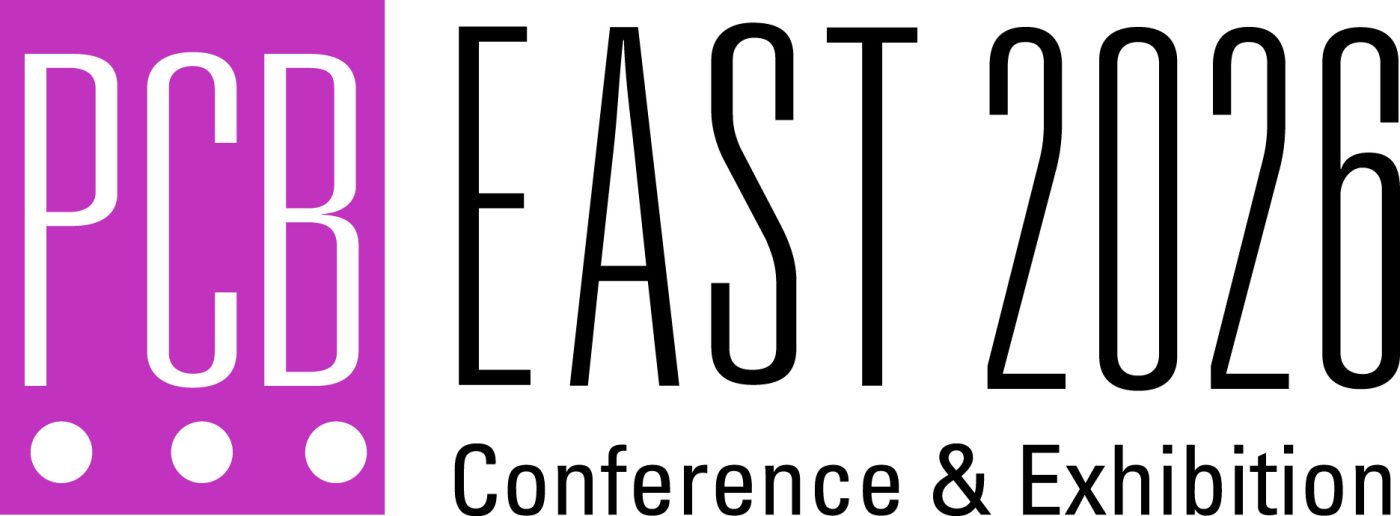Abstract Submission Guidelines
PCB East invites submission of abstracts on all topics related to printed circuit board engineering, design, fabrication, electronics assembly, test and additive manufacturing.
Key dates:
- Abstracts deadline: The abstract deadline is now past.
- Presentation deadline (if abstract is accepted): April 6, 2026
- PCB East Conference: April 28 – May 1, 2026
Presenters will be notified in early December if their abstract has been accepted.
Speaker Benefits
If your abstract is accepted into the program, you’ll receive the following event benefits.
- Complimentary access to the online proceedings
- Complimentary pass to the 4-day technical conference
- Invitation to the Speaker Reception
Requirements/Important Information
Anyone may submit an abstract to present a course at PCB East 2026. You may present more than one paper or teach more than one course. A separate abstract must be submitted for each course. Submit your abstracts using the form below.
Presentations will be assigned by the Conference Director to either the Technical Conference (to be presented Tuesday, Wednesday, Thursday or Friday) or Free Sessions (Wednesday).
- Abstracts and biographies may be edited to accommodate length requirements or to improve readability.
- All abstracts must be submitted in English.
- Abstracts should contain enough detail to clearly convey the material covered during the course and the knowledge that the attendee should expect to gain.
- All required fields in the form below must be filled out in order for the abstract to be considered.
- Government and company clearance to present and publish should be final at the time of submittal.
- All presentations must be noncommercial; marketing and sales-oriented presentations will be rejected.
- If a letter is needed to assist with a travel visa, please notify the conference organizers no later than January 22, 2026.
Paper Submission Guidelines
The proceedings are the only official record of the conference and will be distributed by online access to a private website.
If your abstract is approved for presentation, please note the following: Technical papers and presentations will not be edited except to correct obvious spelling or typographical errors. All presentations received by the stated paper submission deadline will be included in the Conference Proceedings. Papers should be submitted at least two (if not three or four) slides to a page in PDF format.
Presentations are due April 6, 2026.
Abstract Suggestions
PCEA relies on a group of industry experts to guide the conference program. This task group reviews all abstracts and makes recommendations for topics and selections. Often the quality of the abstract makes all the difference as to whether an abstract is selected for the conference. Below are samples of good and weak abstracts for guidance.
Good Abstract
In the world of printed circuit board (PCB) design, via structures play a vital role in ensuring signal integrity, power distribution, and component connectivity. As technology continues to advance, the demand for smaller, faster, and more reliable electronic devices has driven the need for optimized PCB via structures. This presentation aims to explore the key considerations, challenges, and techniques involved in designing efficient via structures to achieve enhanced performance and reliability.
Key Points to Be Covered (3 to 10 bullet points):
- Signal Integrity and High-Speed Design Considerations
- Power Distribution and Thermal Management
- Design Guidelines and Optimization Techniques
- Advanced Via Structures
- Manufacturing and Reliability Challenges
- Case Studies and Best Practices
What You Will Learn (3 to 10 bullet points)
- Design and optimization of PCB via structures
- How to create more efficient, high-performance electronic systems while ensuring reliable functionality in a variety of applications
- Specific techniques to use, and ones to avoid, during the layout process
- Drilling/aspect ratios used by the fabricator to ensure high yields
Weak Abstract
This presentation will touch on PCB via structures, exploring their various types and mentioning signal integrity and power distribution considerations. It will highlight design guidelines and manufacturing challenges.

